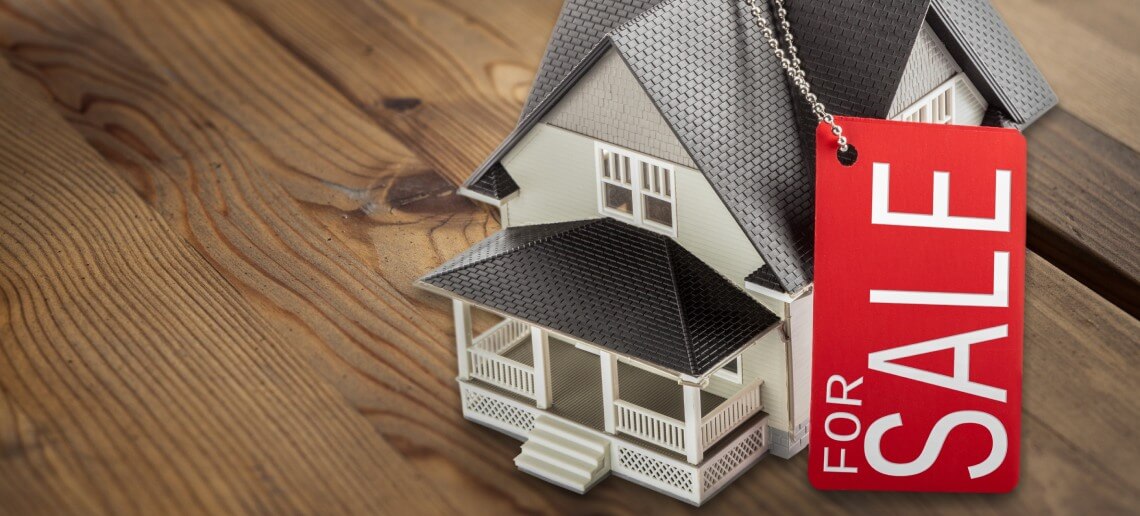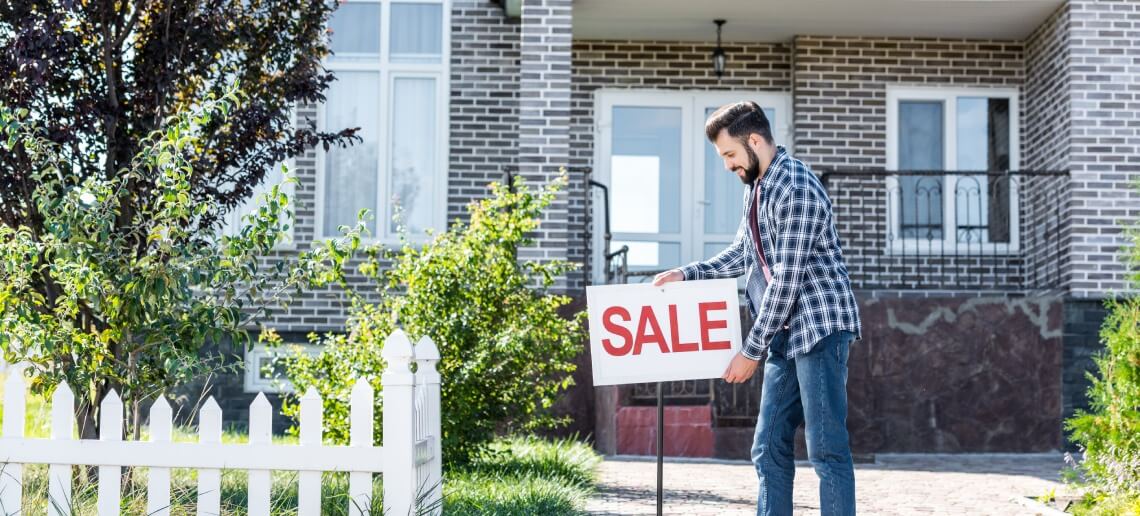How To Sell Your Custom-Built Home
It is exhilarating to live in a property that has been built exactly the way you want it, according to your needs and expectations. Living in a fully customized home has numerous perks and benefits, and that is why so many potential homeowners invest in homes that are custom built.
But, a part of this dilemma also includes ensuring that it is not built too specifically so that it can still be sold well in the future. For a production home builder, it is essential that the floor plan that they have designed appeals to a lot of people, but for a custom builder, that is not an issue for worry because they work with individual clients.
Here are a few tips and tricks to make sure potential buyers can see themselves living in the home that was built according to their specifications.

Ask Yourself What Type Of Home You Have
First and foremost, ensure that your home really is custom in the truest sense. See that it isn’t any other customized home or a house with a customizable floor plan. The basic definition of a custom home is that it is built very specifically precisely the way you want according to your needs. There are no other homes like your home, and you had an architect design it according to your preferences.
What Is The Worth Of Your House?
Regardless of the kind of home you live in, it is essential to set its price accurately. Do plenty of research in your locality and gather information about tax and real estate. You can even hire a professional to analyze the different types of markets and compare prices with other homeowners. You need to be very familiar with what other people are selling their houses for before starting this adventure.
When trying to estimate how much your home is worth, it is natural for you to add the value of the countless memories you have created over several decades or even years. You might even think the house is worth a lot more than it is because of how well it suited your needs (dun! it was built for you). Be careful not to go with the flow blindly.
Take off the rose-tinted glasses and try to look at the process realistically. Keep in mind that the new homeowners won’t love everything you planned because it was made for you, not them. This is where a professional comes in. They will be able to tell you where your home stands.
What Is The Buyer Looking For?
Any potential homebuyer will want certain things. When you have visitors, they often ask you how you keep the whole place clean, maintain the pool, and how it is possible to have both a nursery and a playroom? Potential buyers may have observations similar to these. Be sure to highlight the special parts of your house when buyers visit. Figure out what your target buyers are looking for and tell them about the features that will want them more than other houses on the market. Think about the buying process from a buyer’s perspective and take note of features that can be pushed forward and what all cosmetic changes are doable.
Take A Look At How The Market Is
It can be very prohibitive for many people looking to buy a house to see a listing price for a home with gilded walls have something extravagant like a 50 person jacuzzi. Features like these shorten your list of potential buyers. With good comparative market analysis, you can familiarise yourself with the market, but that does not mean you’ll find takers easily.
This is why it’s essential to have patience. Go into this with the understanding that your house could be on the market for much longer than you’d like. Be sure to plan so that you aren’t selling one home after you’ve been living in another for a whole year.
You should also consider if you’re targetting the right people to sell to. While you might be really into living in a big city with a lot of movement, the people you’re trying to sell to might prefer living in a more quiet location, maybe near the beach or in the hills away from noisy traffic. A real estate agent could be beneficial for this purpose as well.
How Will The New Homeowners Make It Theirs?
Staging is an integral part of the house-selling process. Don’t forget to look at things from the buyer’s perspective and try to follow the theme they are going for. Even though the house was built for someone else, buyers want to see how a physical structure built for someone else can be made their own. Stage your house while envisioning it from their shoes. You could consider neutral themes and add a few personal touches but not too many.

